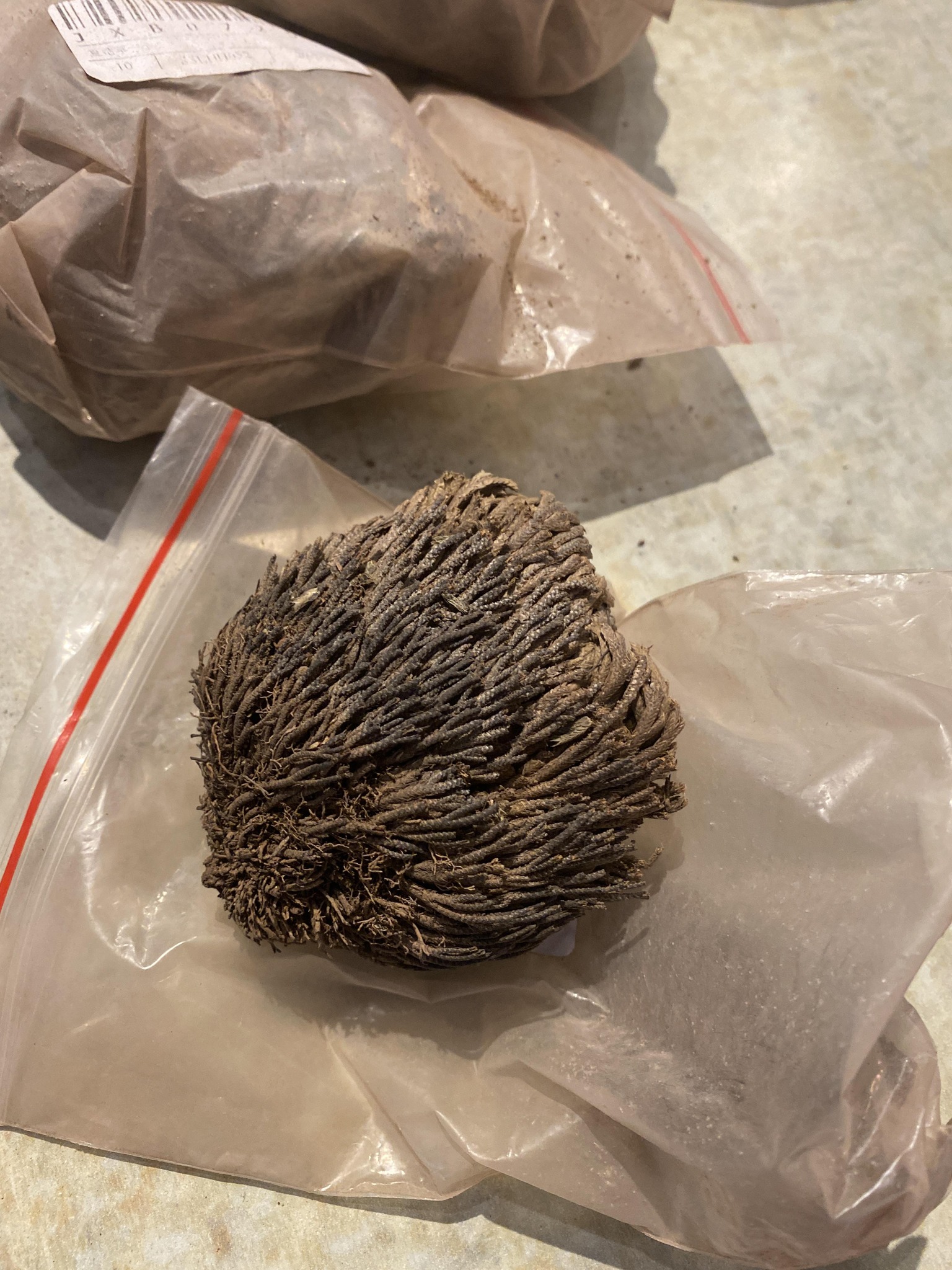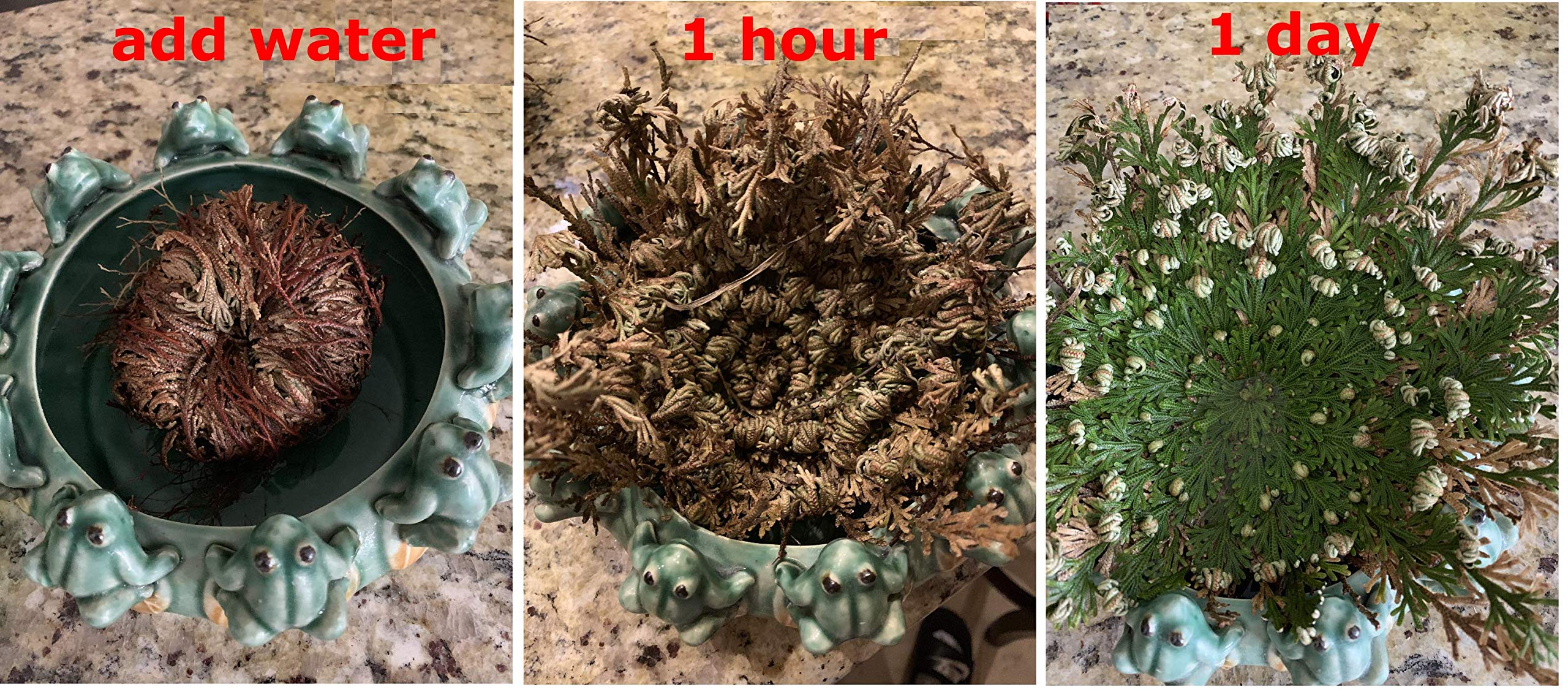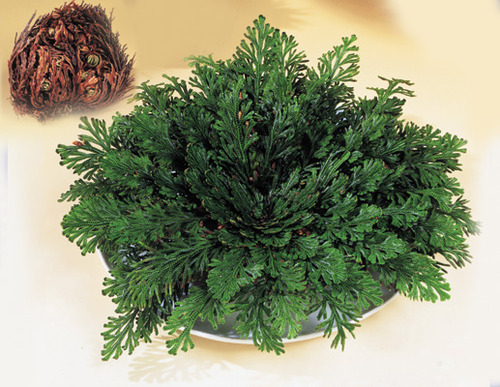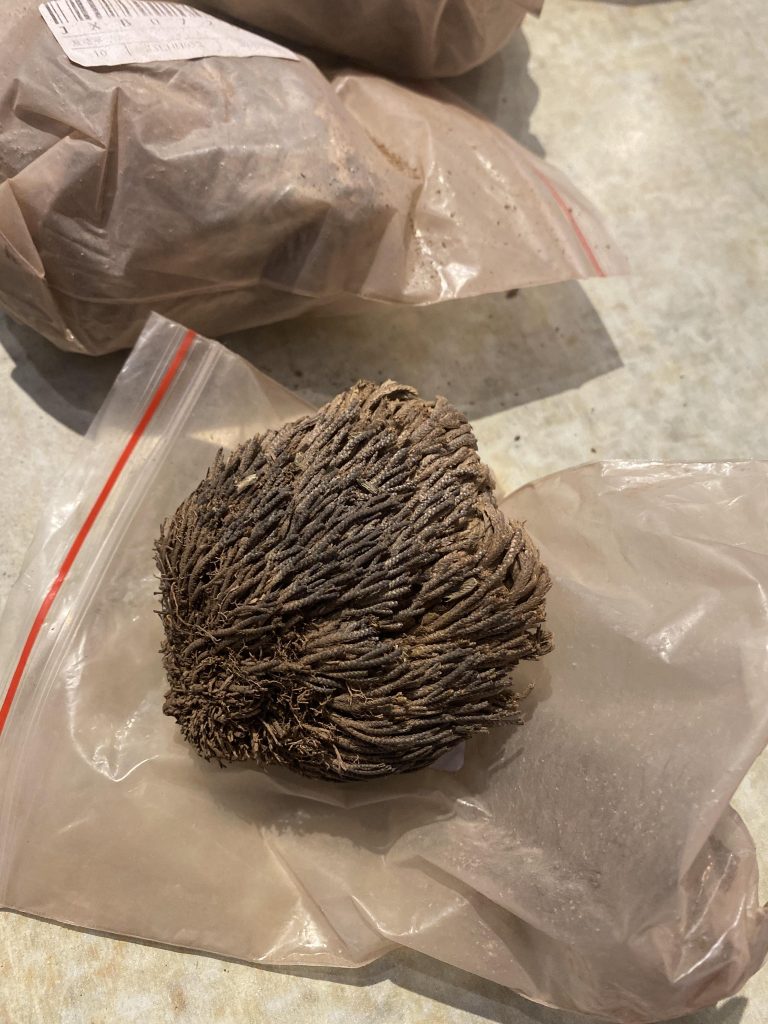The Amazing Rose of Jericho: A Plant that Comes Back to Life 🌱💧
One of nature’s most remarkable survivalists is the Rose of Jericho (scientifically known as Anastatica hierochuntica), a plant with the extraordinary ability to seemingly come back to life after a period of dormancy. Also known as the “Resurrection Plant,” this botanical wonder has fascinated people for centuries due to its unique behavior in response to water and its symbolic connection to renewal and rebirth.
What is the Rose of Jericho?
The Rose of Jericho is a small, shrubby plant native to the Middle East, specifically the desert regions of Jericho (hence the name). Despite its delicate, fern-like appearance, this plant is a true survivor in some of the harshest environments on Earth.

The most amazing feature of the Rose of Jericho is its ability to “resurrect” itself after appearing completely dead. When the plant is deprived of water, it dries out and curls up into a tight ball, turning brown and appearing lifeless. However, once the plant is exposed to water, it unfurls and becomes green again, as if it were coming back to life. This phenomenon, often likened to a rebirth, has led the plant to be associated with themes of renewal, hope, and resilience.
How Does It Work?
The Rose of Jericho’s dramatic transformation is not magic—it’s a fascinating adaptation to its environment. The plant has evolved to survive extreme drought conditions, common in its native desert habitats.
- Dormancy (Desiccation):
During dry spells, the plant curls up into a tight ball and enters a state of dormancy. In this shriveled form, it is able to preserve its seeds and vital structures for months or even years without water. During this time, the plant is not actively growing and appears completely dead. This is a defense mechanism that allows it to survive the harsh, arid conditions of the desert. - Rehydration (Resurrection):
When the Rose of Jericho is exposed to water, either from rainfall or being submerged, it responds by reopening and turning green. The cells inside the plant rehydrate, and the plant becomes functional again. It starts to grow, albeit slowly, until it is fully revived. This ability to revive itself is so remarkable that the plant has earned its nickname as the “Resurrection Plant.” - Symbol of Resilience:
The plant’s ability to come back to life after seemingly being dead for long periods has made it a symbol of hope, endurance, and the cycles of life. In many cultures, the Rose of Jericho is seen as a spiritual symbol of rebirth and renewal. It has been associated with resilience in the face of adversity, showing that life can flourish even in the harshest conditions.
Cultural Significance and History
The Rose of Jericho is not just a botanical marvel—it has deep cultural and spiritual significance in many parts of the world. Its unusual qualities have inspired myths, stories, and practices in various cultures:

- Ancient Egypt and Mesopotamia: In these ancient civilizations, the Rose of Jericho was often associated with life after death. The plant’s ability to revive itself after drying out was seen as a symbol of the eternal cycle of life, death, and resurrection.
- Christian Symbolism: Some Christian traditions also view the Rose of Jericho as a symbol of resurrection, drawing parallels between the plant’s revival and the resurrection of Jesus Christ. The plant is sometimes referred to as the “Resurrection Flower” in this context.
- In Modern Folklore: In contemporary spiritual practices, the Rose of Jericho is sometimes kept as a houseplant for its symbolic meaning. Some people believe that the plant brings good luck, prosperity, and spiritual cleansing. Others use it as a symbol of hope during difficult times, placing it in their homes as a reminder that there is always potential for growth and renewal.
Where to Find the Rose of Jericho
The Rose of Jericho grows naturally in desert climates, especially in regions such as the Middle East, Northern Africa, and parts of Asia. While it’s a hardy plant capable of surviving extreme conditions, it’s also cultivated in other areas as a curiosity or ornamental plant.
You can find the Rose of Jericho in many gardens and plant shops, especially those specializing in unique or unusual plants. It can be grown indoors, and many people keep it as a decorative or symbolic houseplant, often placing it in shallow bowls with water to watch it “revive” as a fascinating spectacle.
Caring for a Rose of Jericho
The Rose of Jericho is relatively easy to care for, thanks to its resilience. To keep one in your home:

- Watering: You can place it in a shallow dish of water. The plant will unfurl and turn green when rehydrated, but it will need to dry out periodically to maintain its dormant state.
- Sunlight: The plant thrives in bright, indirect sunlight. It does not require constant care, making it a low-maintenance addition to your home.
- No Need for Fertilizer: Unlike many other plants, the Rose of Jericho does not need regular fertilization. Its unique ability to survive without constant care is part of its charm.
The Fascinating Science Behind It
The science behind the Rose of Jericho’s ability to “resurrect” itself is related to its extreme desiccation tolerance. During periods of drought, the plant’s cells lose water, causing the plant to dry up and curl. When water is available, its cells reabsorb moisture, and the plant begins to “breathe” again, effectively coming back to life. This process, known as anabiosis, allows the plant to survive in climates where other plants would perish.
A Living Miracle
The Rose of Jericho is a symbol of resilience, hope, and renewal. Its ability to come back to life after seeming death is nothing short of miraculous, making it a fascinating subject of study for botanists and a source of spiritual inspiration for people worldwide. Whether it’s growing in the desert or sitting in a shallow dish of water in your home, this amazing plant reminds us that life, even in the harshest conditions, can always find a way to revive and grow again.

